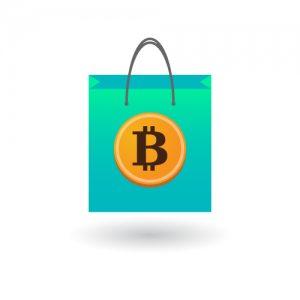I have been thinking lately about the jobs of the future and what kind of education and training will be required to perform them. A recent article about the need of a tech hero in the trucking industry caused me to wonder what other new skills will be in demand.
Tech Hero
In the article above, the authors lament the fact that trucking relies on an increasing array of digital devices, both mobile and stationary, within the vehicles. GPS tracking and mobile communication are now the standard. The fleet owner or truck driver, however, just needs to get the load from point A to point B in the most efficient manner possible. The technology helps them do that, but it is a double-edged sword because of the overhead and education it requires to keep all of the devices up and running on the latest revisions. There are other industries that could also take advantage of a tech hero, and it will be necessary to have someone to smooth the digital connection.
Home Systems Integrator
I never thought that I would see the day when home network hubs are a reality, but they are becoming more widespread. With the growing popularity of devices like the Nest home thermostat and smoke detector, and other connected appliances and entertainment systems, the home is becoming a sophisticated network. Already, it can be difficult to set up a new home entertainment system and make sure that it connects and stays connected with the other entertainment devices such as game consoles, movie streaming devices, and the home wireless system. Someone who knows the difference between HDMI and a DVI port could be in high demand because there will be a need to integrate all of these systems.
Personal Digital Assistant
I am not talking about an old Palm Pilot but an individual that would consult with other individuals to make their digital devices work better and connect with each other. As an example, there are thousands of apps available and some interact with other apps and other devices. While we have come a long way in developing a better user experience, certain devices, apps, and programs are not for the faint of heart. We already have the Geek Squad from Best Buy, but I think that people are going to want a more personal experience from someone who understands their unique situation and needs. This will become a growing opportunity for people with the right skills.
Education
The person prepared to take on these new jobs will need to possess a combination of technical, communication, and entrepreneurial skills. Such specialists will have to be well grounded in various aspects of networking, connectivity, and consumer devices. More importantly, they will need to keep up on developments and changes related to this field. Excellent communication skills will be paramount to communicate with individuals—some of whom will require a lot of assistance and others very little. These professionals will need to be skilled at working with people from different backgrounds and of different generations. The entrepreneurial skills will be necessary to start and develop a personalized business niche of such services to individuals and small businesses. I believe that these jobs will be in demand but it will take a special individual to cultivate all of these skills.
Thoughts
Can you think of other new jobs that will develop in the near future? Are you preparing yourself now to tackle those jobs? Let me know your thoughts.
Kelly Brown is an IT professional, adjunct faculty for the University of Oregon, and academic director of the UO Applied Information Management Master’s Degree Program. He writes about IT and business topics that keep him up at night.








